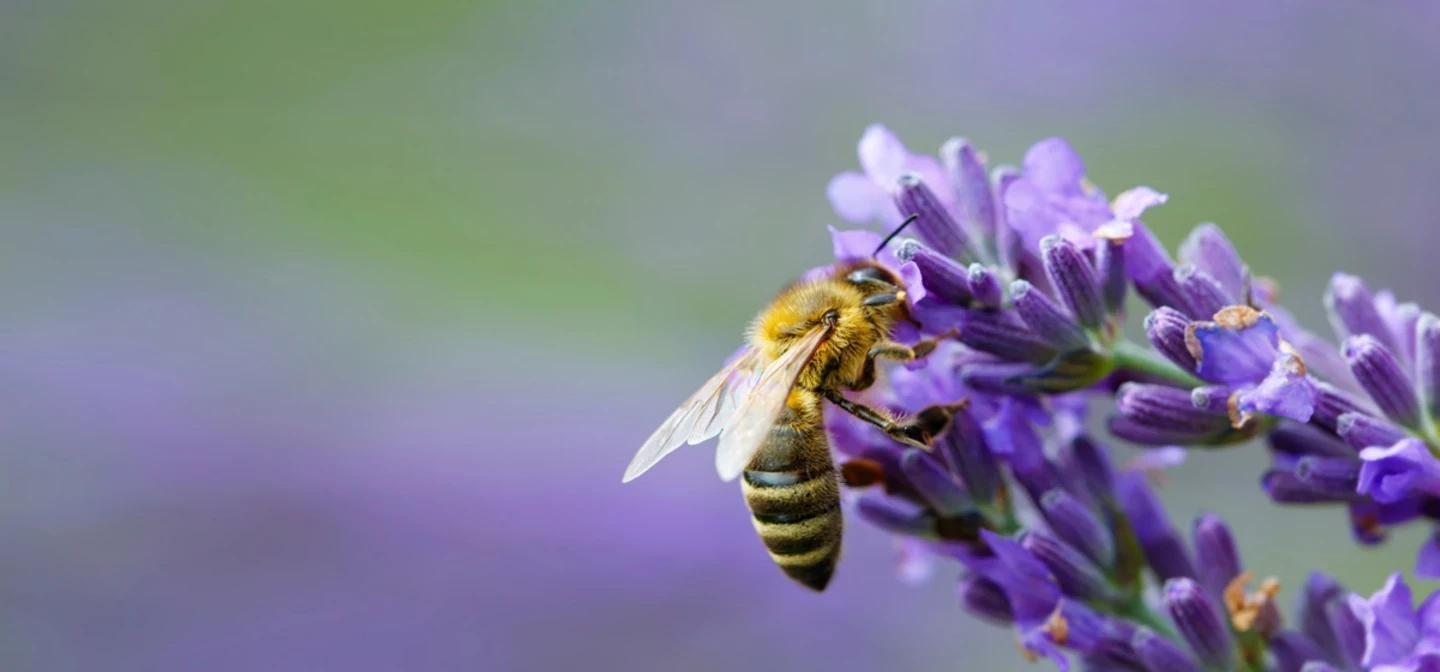
Flower power and LGBT+ history
February marks LGBT+ History Month.
Here at The Royal Parks, we’re highlighting some of the historic associations between flowers and LGBT+ culture as we celebrate LGBT+ history month.
We’ll look at four fantastic flowers which have taken on symbolic meaning for LGBT+ communities throughout time – and where you can find them growing in the Royal Parks each spring.
Say it with flowers
Throughout time, it’s easy to trace how flowers have taken on symbolic meaning for different cultures, religions and social groups.
The ancient Greeks associated roses with Aphrodite, the goddess of love, while the ancient Egyptians believed that the lotus represented rebirth and creation.
The Victorians were particularly prolific with the meanings they assigned to flowers, developing an entire language – ‘floriography’ – which they used to communicate with each other. Giving someone a bouquet of flowers could convey all sorts of meanings depending on the specific flowers chosen, from love and devotion to remembrance and forgiveness. Some even had negative connotations – yellow carnations, for example, represented rejection and disappointment.
Across the Royal Parks you'll find many different flower colours, with our talented team growing half a million plants each year in the Hyde Park super nursery. Most of the Royal Parks have two displays each year - in spring and summer - with the colour and greenery in the flower beds being designed a year in advance.

Flower power
Within this vast history of symbolism, LGBT+ communities have made use of flowers in diverse ways – as markers of identity, symbols of solidarity, or personal statements of affection between partners. Within societies where openly queer behaviour was criminalised, members of LGBT+ communities have used flowers to find safe and subtle ways of communicating with each other.
Today the Royal Parks are bursting with some of the most beautiful and colourful horticulture displays in all of London. Let's take a look at them as we explore the importance of flowers in LGBT+ history.
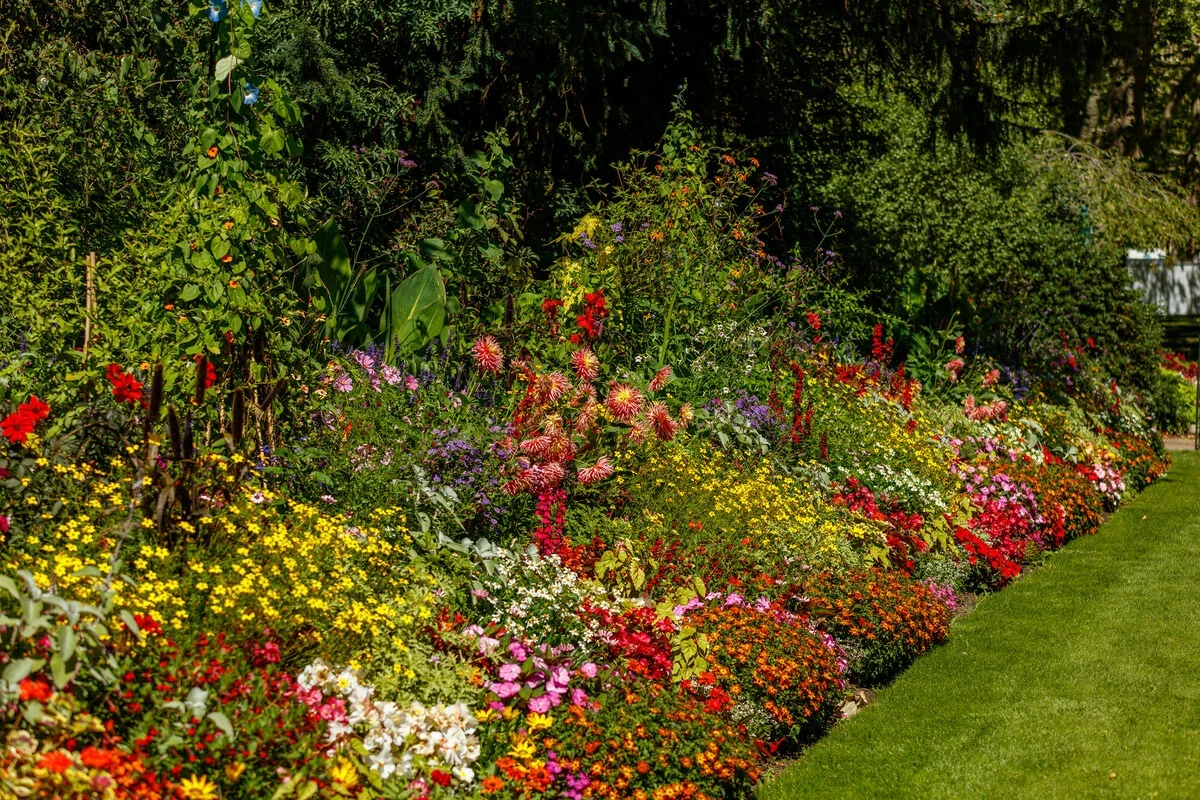
Violets
The flower with perhaps the most ancient connection to LGBT+ communities is the violet. Famous poet Sappho, who lived in the 7th century BC, later became an icon for gay women. She mentioned violets frequently in her writings – describing, for example, the beauty of women with ‘crowns of violets’.
Particularly in the early 1900s, violets became a gift and symbol among communities of gay women. Many gay women in Europe who studied the works of Sappho wore violets on their clothes to signal their sexual identity.
Violets flower in the Royal Parks from April to June, and they can often be found in woods and hedgerows. As you walk through the woodland areas in Richmond Park and Bushy Park, keep your eyes peeled for a splash of purple this spring.


Lavender
In part influenced by Sappho’s violets, the connection with the colour purple reached a height in the 1800s with an arts movement called aestheticism. Its followers – including Oscar Wilde – favoured beauty, passion and art as opposed to the brutalism of the industrial age. Newspapers of the time noted the wearing of the colour lavender as a perceived marker of sexuality.
Today, lavender has been reclaimed as an important colour for LGBT+ communities.
You can find lavender growing in many of the Royal Parks. Lavender is beautifully scented herb that’s a favourite of pollinators like bees and butterflies. During spring, look out for lavender within the Greenwich Park Herb Garden, located in the north of the park close to St. Mary’s Gate.
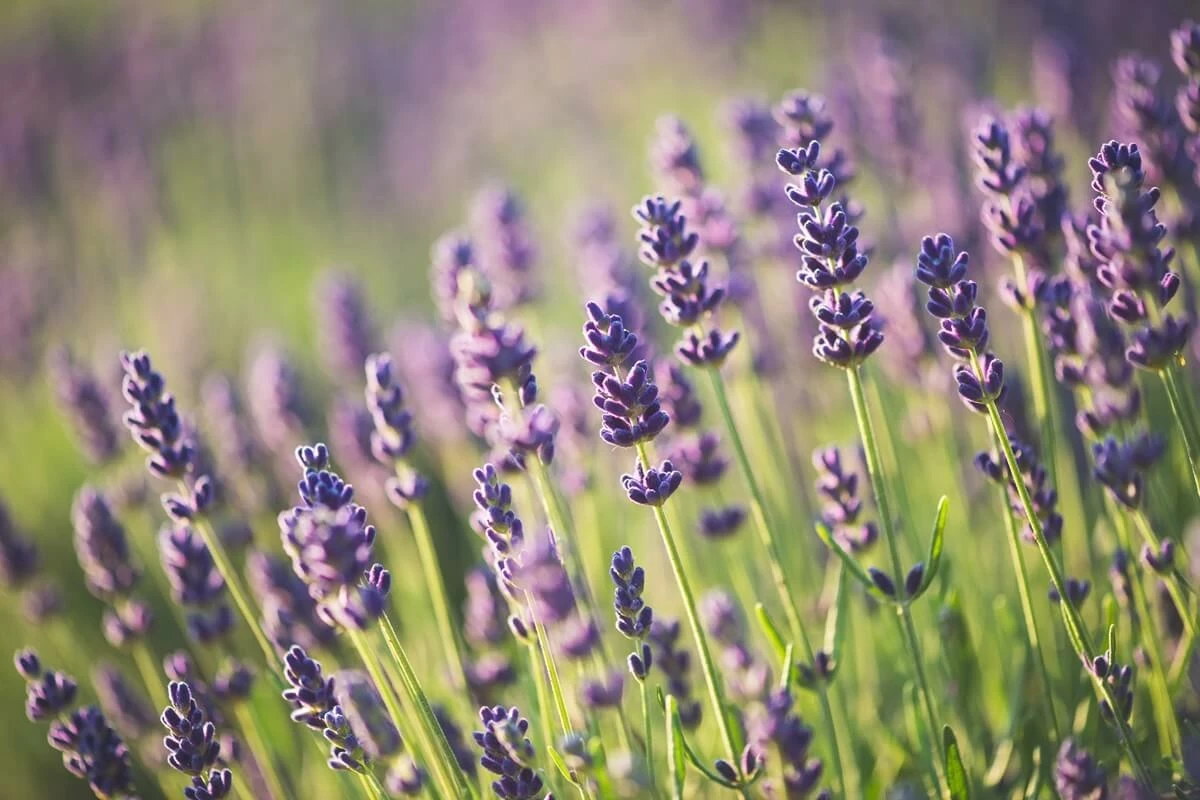
Pansies
This spring, you can find colourful pansies within many horticultural displays across the Royal Parks.
In the early 20th century, the word ‘pansy’ – alongside other flower terms like ‘daisy’ and ‘buttercup’ – was used to refer to gay men, with connotations of flamboyancy and effeminacy.
The association between pansies and LGBT+ communities was heightened during the ‘Pansy Craze’ of the 1920s and 30s. During this time, in major cities like New York, the underground nightclub scene flourished – and at the centre were drag artists called ‘pansy performers’.
In spring, you'll find pansies featured in the round island beds of the Flower Garden in Greenwich Park – look out for them when they flower in March, April and May.


Roses
Roses have been used as symbols of love and romance for thousands of years. In ancient Greece, roses were associated with Aphrodite, the goddess of love, who was often depicted with roses in her hands and hair. This symbolism has persisted through to today – red roses, for example, are a famous Valentine’s Day gift between lovers.
Roses are also used as a symbol by the global transgender community, particularly with regards to Trans Day of Remembrance. On this day, the phrase ‘give us our roses while we’re still here’ is used as a reminder of the importance of celebrating trans lives.
You can find roses across many of the Royal Parks from spring into late summer. Why not visit the Rose Garden in Queen Mary’s Gardens in The Regent’s Park, to see beautiful formal rose planting?
Or keep an eye on Greenwich Park’s exciting new plans to revitalise the Rose Garden.
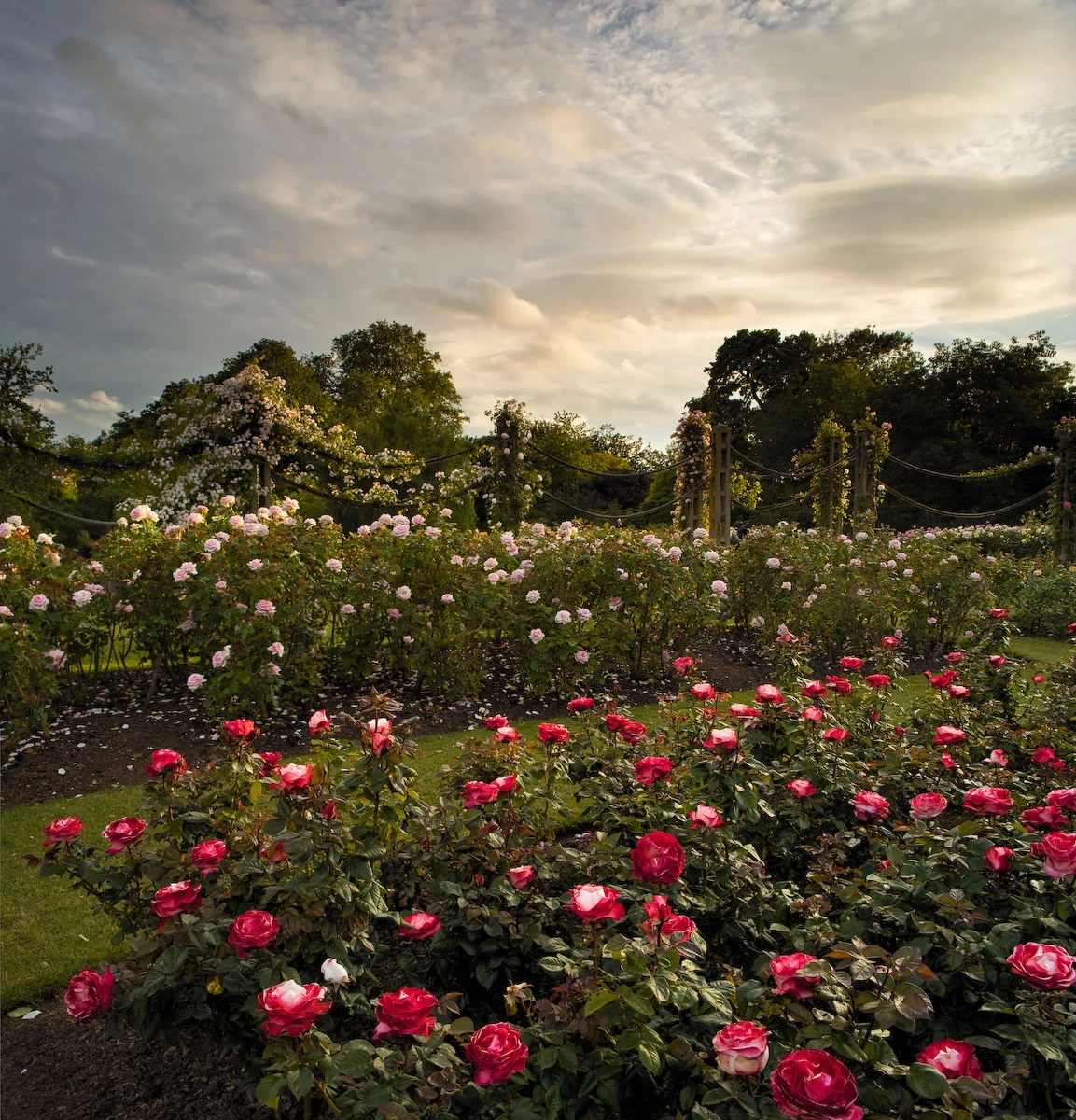
Floral life emerges all over the Royal Parks each spring. This LGBT+ History Month provides the perfect opportunity to look out for these flowers and think about their powerful symbolism for so many communities worldwide.
Related Articles
-
 Read
ReadThe history of Gay Pride at Hyde Park, London
Explore the history of Gay Pride at Hyde Park, London, including the first pride march in the UK 1972. Discover the journey of LGBTQ+ activism.
-
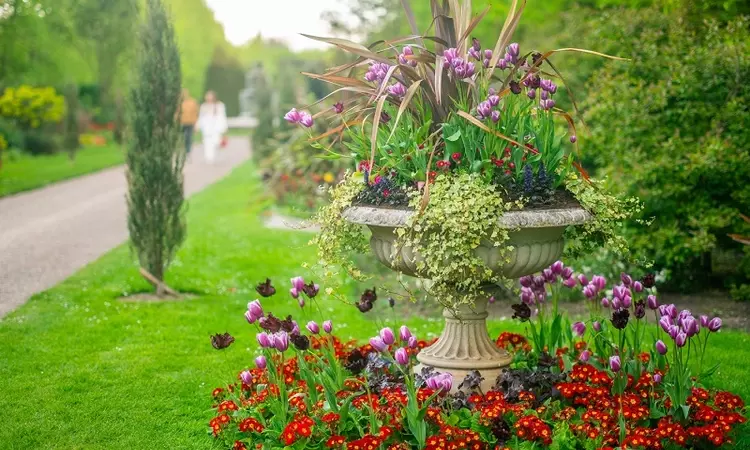 Watch
WatchSpring walkthrough: The Regent's Park & Primrose Hill
Take a quick tour through The Regent's Park & Primrose Hill in spring with this mapped walking route, showing some of the park's highlights.
-
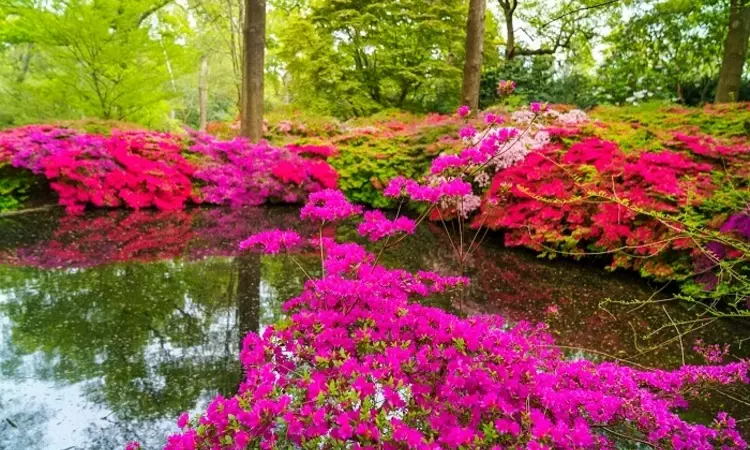 Watch
WatchSpring walkthrough: Isabella Plantation in Richmond Park
Take a mindful journey through Richmond Park's Isabella Plantation, one of the highlights of spring in London.